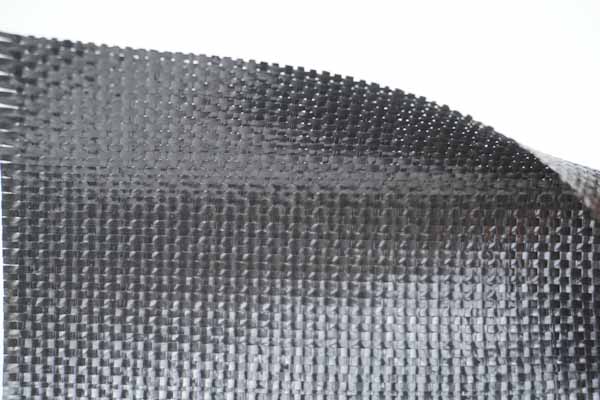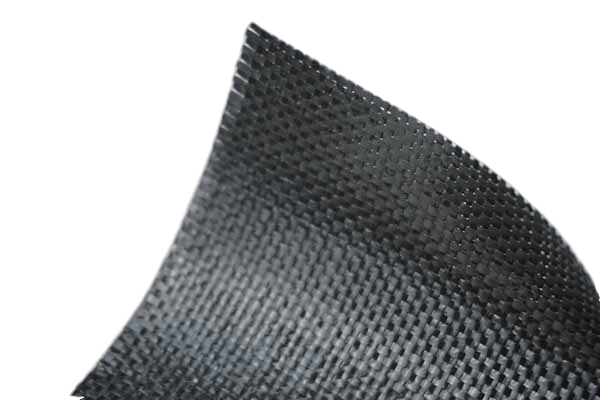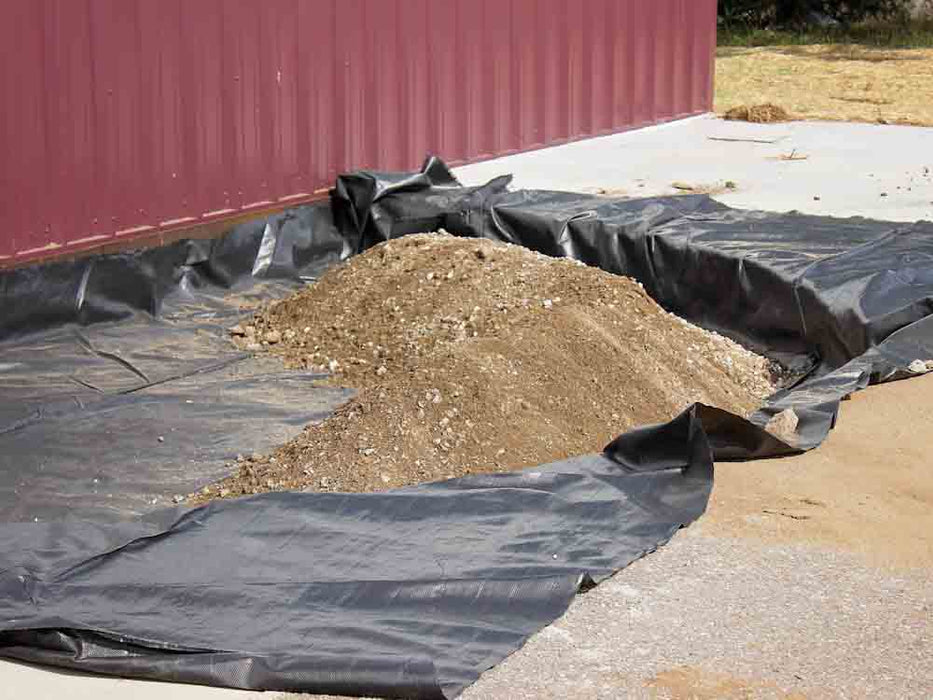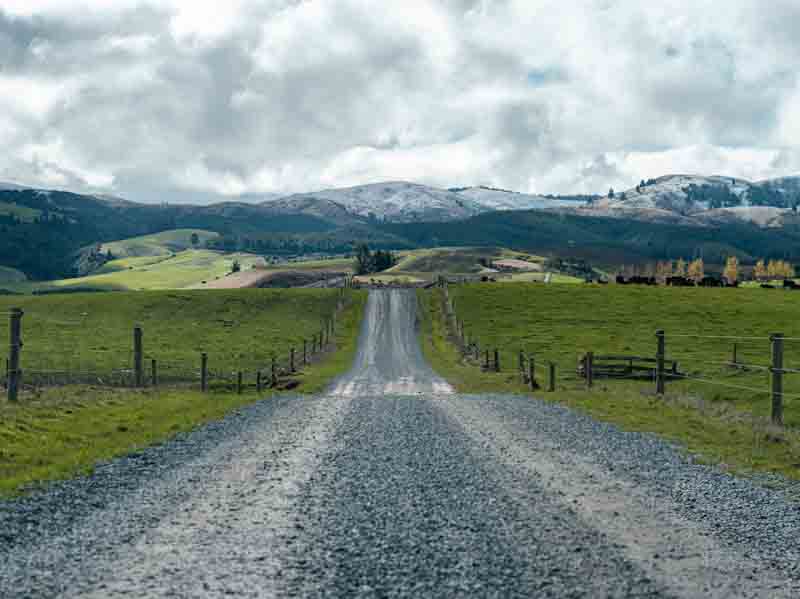Driveway Mat for Underneath Gravel
FREE SHIPPING
The driveway mat for underneath gravel is a high strength and dimensionally stable woven fabric that will reduce gravel migration and provide protection against rutting. This then reduces maintenance and helps provide a better driving surface as well as a more aesthetically pleasing driveway.
The fabric is made from 100% Polypropylene. The fabric will not rot or mildew, is non-biodegradable, and is resistant to damage from insects and rodents.
Our fabrics are available in a variety of widths and lengths. The shortest length roll being 27’ and the longest 432’ with widths that vary from 12.5’ to 17.5’. We have a roll size that will meet your project needs.
These are stocked in four locations throughout the USA for faster shipping.
Looking for landscape staples? Click here>
Staples are sold separately.









